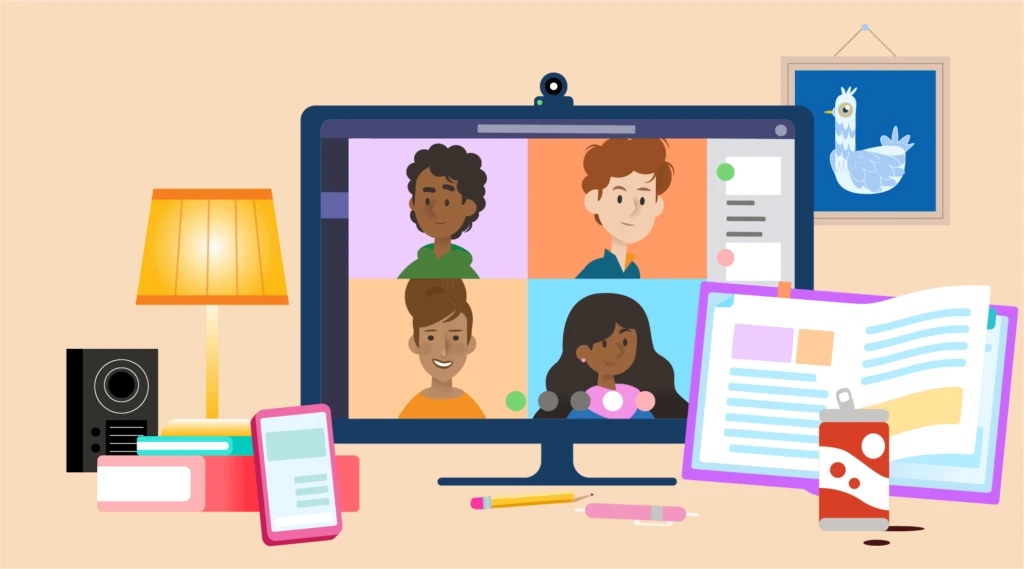Teachers are on the frontlines of enabling the sudden shift to remote learning. Within a matter of weeks, educators have had to quickly adapt their engaging, aligned, in-person lessons into online learning for their students. This incredible change has shed light on the inspiring ingenuity, passion, and commitment of those who support our communities.
What we hear from educators is that they need to be able to transition to remote learning quickly, to connect in a community to share best practices, and to learn from each other.
Based on feedback from our Remote Learning Educator Community, we’ve outlined five ways to help you get the most out of Microsoft Teams, a digital hub for communication and collaboration, during remote learning:
- Connection and collaboration: Use the Teams built-in meetings features to effectively hold classroom meetings, collaborate on virtual whiteboards, and share documents. With assignments, conversations, files, notes, and video calls all pulled together, Teams is a great all-in-one hub for the collaborative classroom. Here is a great Teams for Education Quick Start Guide, and we have new updates rolling out regularly with improvements that have been inspired by educators.
- Inclusion: In order to ensure learners of all abilities are included, understanding which tools and technologies improve accessibility and foster an inclusive classroom becomes critical. With built-in capabilities like the Immersive Reader, message translation, and Live Captions for meetings, Teams is a non-stigmatizing platform.
- Meaningful feedback with rubrics: An important part of remote learning is good teaching practice. Teams Assignments have built-in rubrics. Rubric grading helps increase assignment transparency for students and allows you to give more meaningful feedback. These feedback mechanisms not only help students learn and improve their work, but they’re also a consistent and transparent way for teachers to grade. This has been an incredibly popular feature with both educators and students, and with rubrics now easily sharable, we have seen this practice take off in Teams.
- Staff and learning communities: Saving time, being more organized, and collaborating more effectively during remote learning is critical. With Teams being a hub for education, a core part of this also includes built-in Staff teams and Professional Learning Community (PLC) teams to go along with Class Teams. This provides a one-stop shop for educators. Staff Teams and PLC teams allow educators and staff to easily communicate and collaborate during remote learning. We’ve seen many three-ring binders tossed with the paperless use of Staff and PLC teams in schools.
- OneNote Class Notebooks, built into Teams: OneNote is a multifaceted note-taking tool that is built into Teams and can be used for a variety of lessons and activities. With OneNote Class Notebooks, you have a personal workspace for every student, a content library for handouts, and a collaboration space for lessons and creative activities. You can also embed all sorts of interactive apps, lessons, and content onto the OneNote page. Especially with remote learning, paper notes and handouts are difficult to work with, and having a digital notebook for the class is a natural fit.
Remote learning is a journey for all of us, and we are grateful to the diligence and creativity of educators during this time. Please visit our Remote Learning Page (higher education here) and (K-12 here) for all of our resources. Thank you for all you have done for students around the world. We are looking forward to continuing to work with you.








